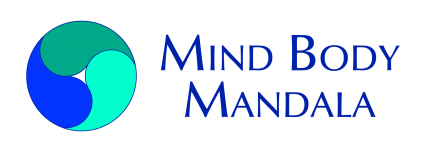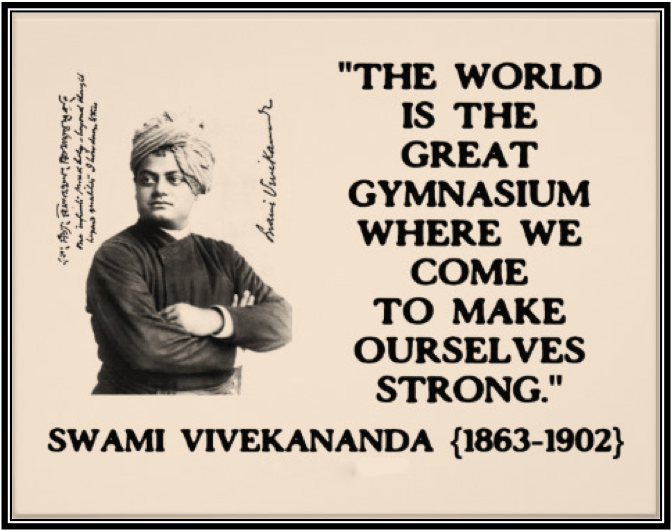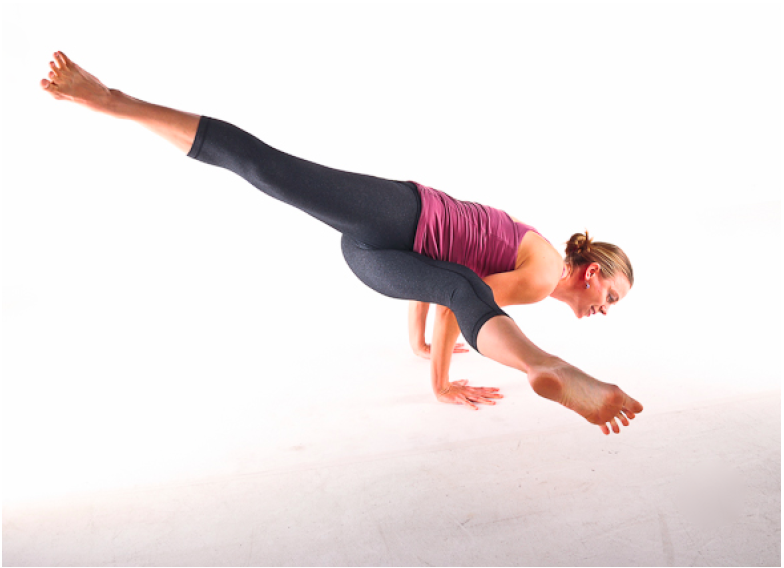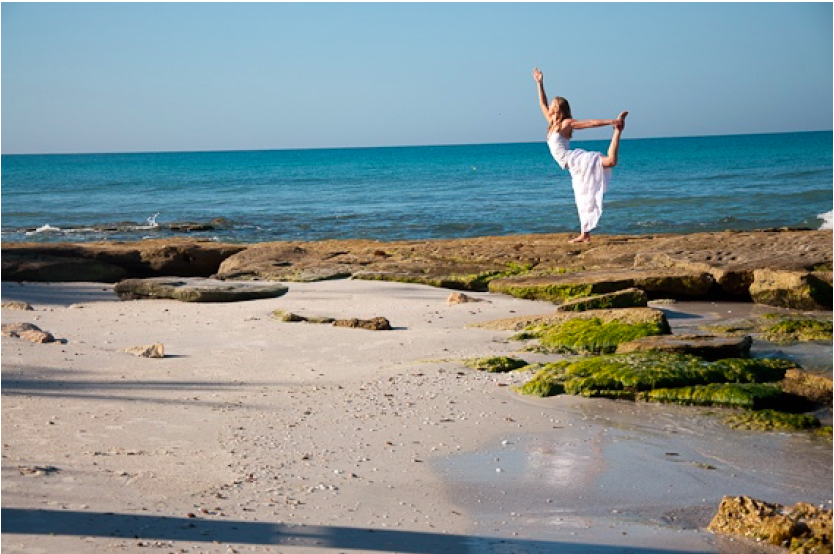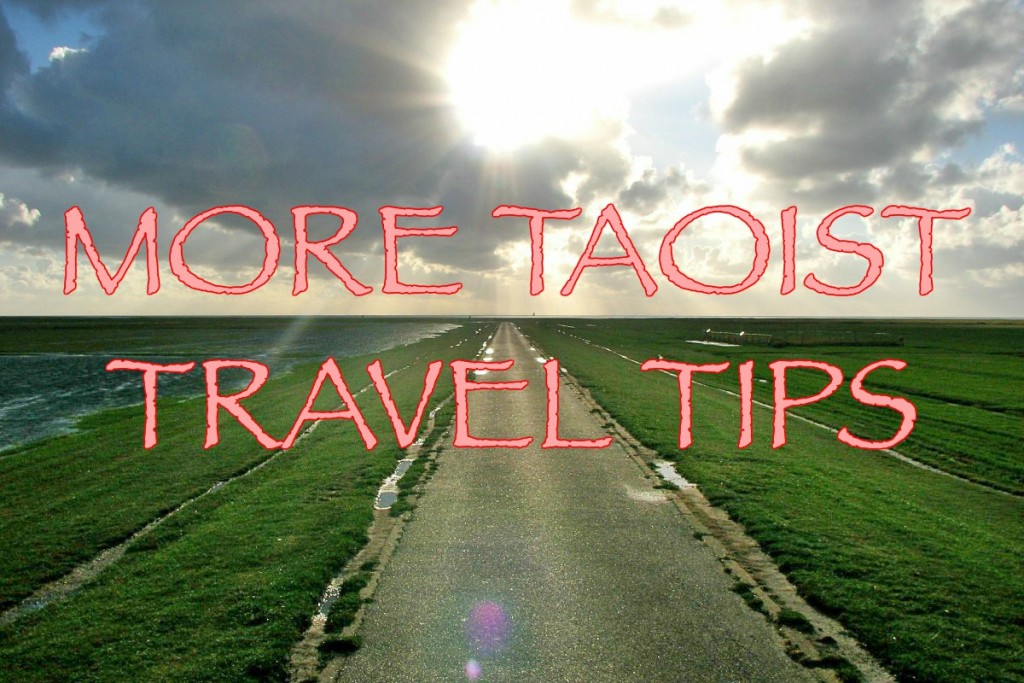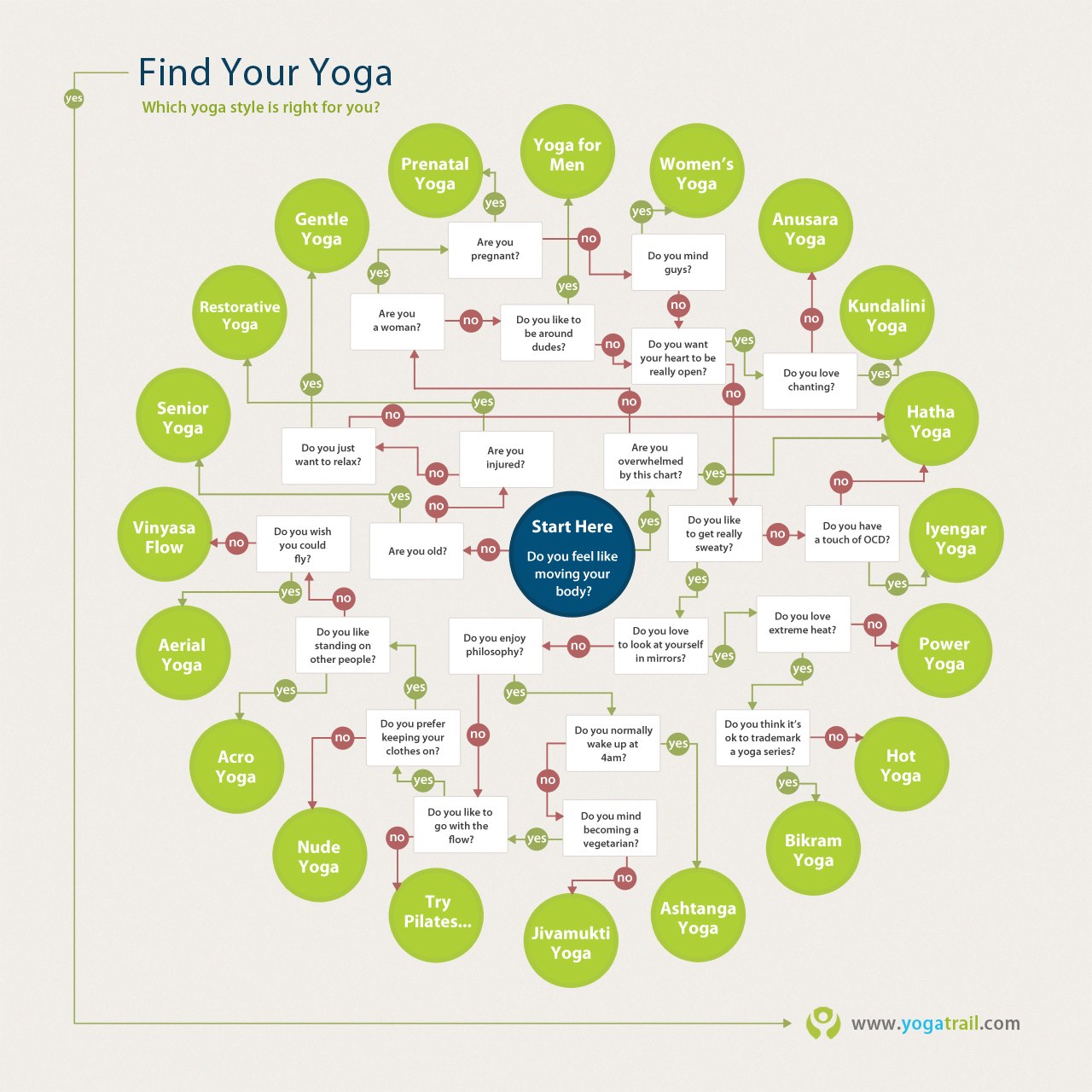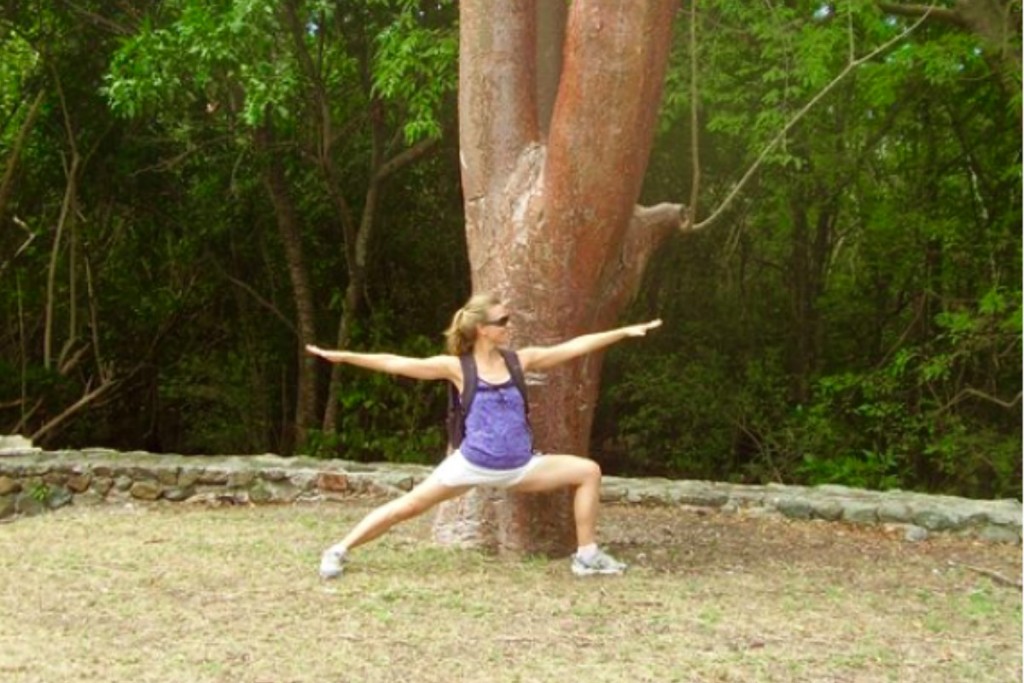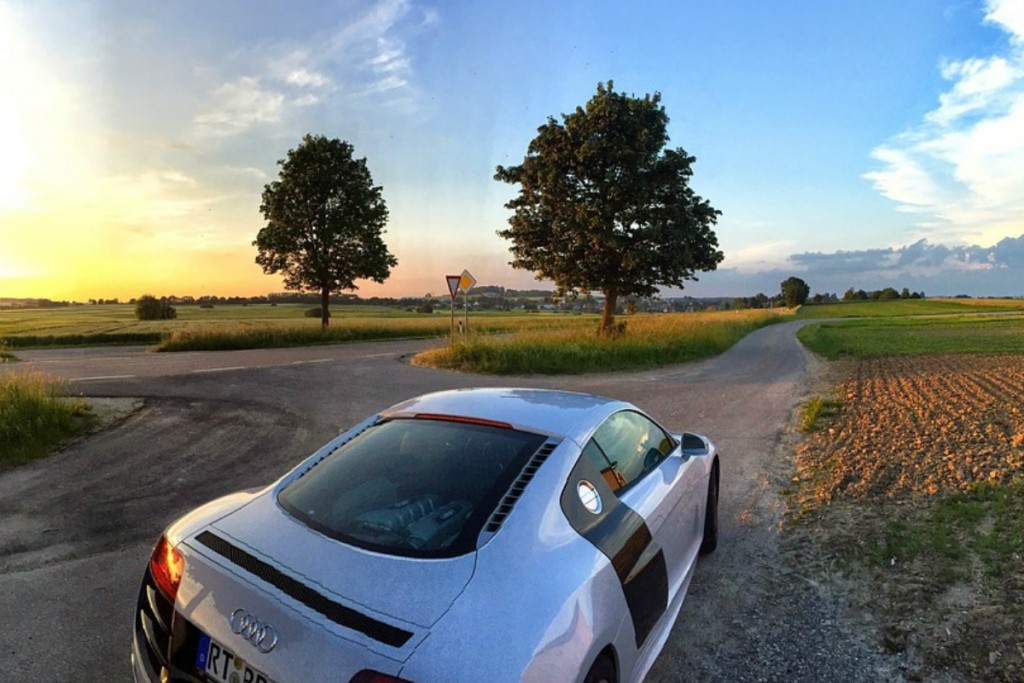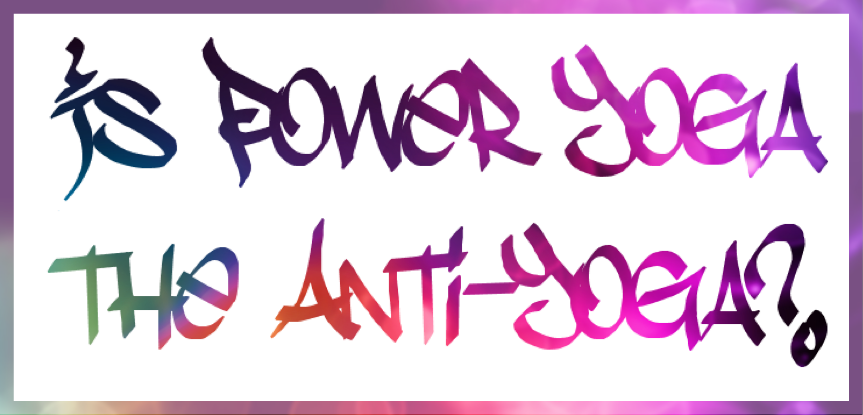So I’ve been meditating on this idea lately. It has to do with:
- Practicing ALL the time
- Perceiving the world as one big training ground
If you practice yoga for long enough it begins to weave its way into your everyday life, even in the most ordinary situations. You might find yourself stretching your calves in the airport or meditating while standing on line in the grocery store.
EVERY moment is an opportunity to practice.
Self-directed practice increases our personal power. It gives us a sense of autonomy and builds our inner strength. You can practice with other people but just like learning how to ride a bike, eventually you’ll want to take the training wheels off. Self-directed practice is something you can do anytime, anywhere. It’s kind of like the urban sport of free-running – Parkour:
Parkour is non-competitive. It may be performed on an obstacle course, but is usually practiced in a creative, and sometimes playful, reinterpretation or subversion of urban spaces. Parkour involves seeing one’s environment in a new way, and imagining the potentialities for movement around it. – Wikipedia
I’ve been playing with how to merge the Parkour philosophy into my experience of the world. I’ve been exploring new ways of doing simple, every day tasks as well as looking for ways to improve upon pre-existing systems. For example, it’s possible to turn the act of washing dishes into a meditation exercise. Instead of going on auto-pilot I can use this opportunity to mindfully notice my posture, breath and train of thoughts. In addition to having one set time for my yoga practice I can also do little exercises throughout the day.
The possibilities are endless and it’s fun to play with customizing your own version of Mind Body Parkour.
We can start by brainstorming for a minute. What do YOU need to do for yourself?
Do you want to: feel better, eat healthier, have more energy, laugh more, love more… ?
Now ask yourself what would it take to do all of these things.
And now ask what is it that keeps me from doing these things?
Fill in the blanks = I need ____________. I would do _____________ if I could.
Remember, every moment is an opportunity to practice. It just takes a little self-discipline, some creativity and a willingness to think outside of the box. Parkour takes exercise out of the gym and into the world. We can do the same thing with our personal practice.
Ready to make the world your playground? Book a FREE no-obligation consultation today: Book Now
